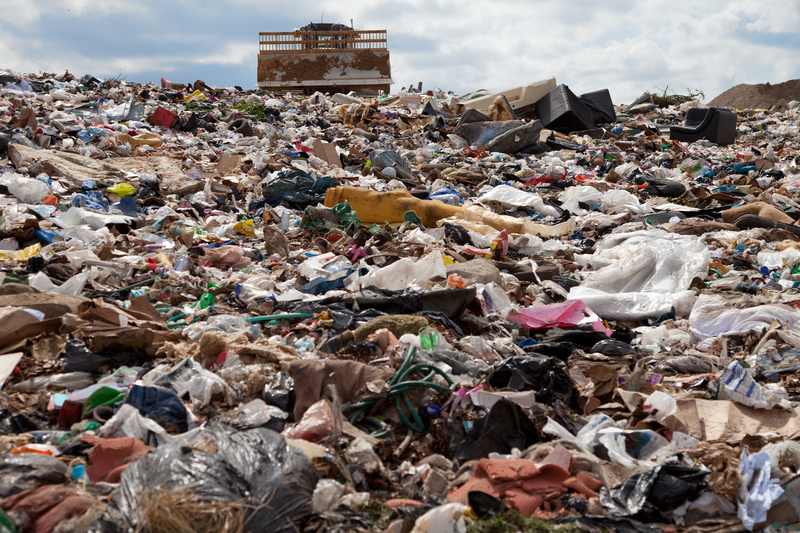Understanding the Importance of Glass Recycling
As society continues to push towards sustainability, glass recycling has emerged as a pivotal practice in reducing environmental footprints. Glass, a fully recyclable material, provides immense benefits when it comes to reducing waste and conserving resources. This article aims to address the various advantages of glass recycling, its processes, and how it paves the way for a greener future.
Why Is Glass Recycling Essential?
Glass, made from a combination of sand, soda ash, and limestone, is one of the few materials that can be recycled infinitely without losing quality. This characteristic not only conserves raw materials but also saves energy and reduces emissions in glass production. Here are some reasons why glass recycling is crucial:
- Energy Conservation: Recycling glass saves up to 30% of the energy that would be required to create new glass from raw materials.
- Reduction in CO2 Emissions: The glass recycling process produces fewer carbon emissions compared to manufacturing new glass.
- Landfill Reduction: Recycled glass significantly cuts down on the vast amounts of glass casualties dumped in landfills yearly.
- Resource Efficiency: By recycling glass, we conserve raw materials like sand, which is becoming scarce worldwide.

The Glass Recycling Process
Recycling glass involves several straightforward steps. Understanding these processes can help individuals and communities better grasp how recycled glass contributes to sustainability goals.
Collection and Sorting
The initial step involves the collection of glass waste from various sources, including residential areas, businesses, and bottle banks. Once collected, the glass is sorted according to its color, which primarily includes clear, green, and brown shades. This is because different colors of glass have distinct melting points and potential applications.
Cleaning and Crushing
After sorting, recycled glass is cleaned to eliminate any impurities such as labels, caps, and residual substances. The clean glass is then crushed into small pieces called "cullet," which serves as a raw material for new glass products.
Cullet production is a half-step between initial cleaning and final melting, allowing for precise blending. As such, it represents a crucial component in the recycling of glass.
Melting and Molding
The cullet is then melted in furnaces at temperatures exceeding 1,500 degrees Celsius. This melted glass can subsequently be molded into new bottles, jars, or various glass products. Importantly, using cullet to create new glass can lower the furnace temperature, further conserving energy.
Into the Future: How Glass Recycling Benefits Our Environment
The environmental impacts of glass recycling are profound, contributing toward a healthier planet and a more sustainable future for all its inhabitants. Here are some notable benefits:
- Natural Habitat Preservation: By reducing the need to extract raw materials, glass recycling helps preserve natural landscapes and wildlife habitats.
- Biodiversity Maintenance: Lessening the disruption of ecosystems ensures biodiversity is maintained, supporting robust ecological systems.
- Energy Efficiency: As energy consumption in glass production decreases, so does the dependency on fossil fuels, consequently reducing air pollution.
Community Engagement and Economic Opportunities
Glass recycling not only benefits the environment but also offers substantial community and economic advantages:
Job Creation
The glass recycling industry is a significant source of employment. As demand for recycled materials increases, the industry requires more labor, resulting in new job opportunities.
Community Involvement
Recycling initiatives foster a sense of community responsibility and awareness regarding environmental impacts. Educational programs can encourage community participation and sustain long-term behavioral change.
Growing Market Demand
With increasing consumer awareness and demand for sustainable products, businesses are more inclined to use recycled glass, which in turn stimulates markets and boosts economic growth.

Challenges and Solutions
While glass recycling provides significant benefits, it faces several challenges. However, overcoming these obstacles is crucial in maximizing the potential of glass recycling:
Contamination Issues
Contamination from non-glass materials, like ceramics or stones, can degrade the quality of recycled glass. Solution: Educating the public on proper sorting methods can mitigate this issue.
Collection Ambiguities
Inconsistent collection systems and inadequate facilities may lead to lower collection rates. Solution: Enabling better infrastructure and standardized procedures can improve collection efficiency.
Market Limitations
Sometimes, there is less demand for colored glass cullet. Solution: Innovating new end-products or markets can help diversify uses for recycled colored glass.
Conclusion: A Call to Action
Recycling glass presents a feasible and effective path toward environmental sustainability. By embracing this practice, individuals, communities, and industries can play a pivotal role in reducing environmental impact and preserving natural resources. With continued efforts, glass recycling could be an essential tool in creating a cleaner, greener future for generations to come. Let's work together to foster a culture that prioritizes recycling and sustainability, ensuring a healthier planet for future inhabitants.